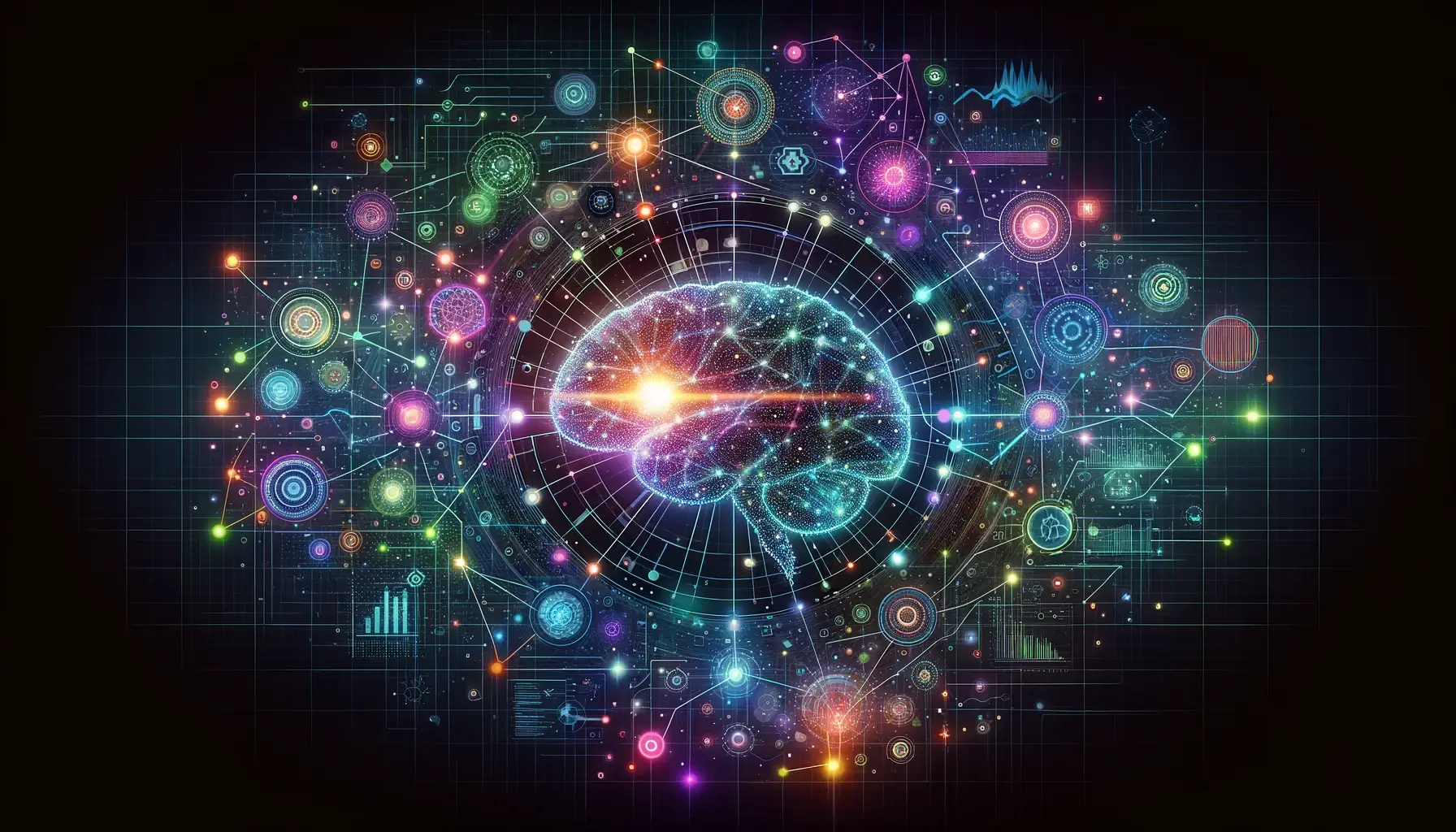In the world of Machine Learning (ML) and Artificial Intelligence (AI), the phases of model training and evaluation are paramount. They are the processes through which machine learning models learn from data and their performance is assessed. This blog post aims to demystify these crucial steps, illustrating how they are conducted, the challenges encountered, and the best practices to ensure the development of robust, effective models.
Model Training: The Learning Phase
Model training is the process of allowing a machine learning model to learn from data. Here, the model is exposed to input data along with the corresponding correct outputs. Through iterative adjustments, the model learns to make predictions or decisions that are as close as possible to the expected outcomes.
The Process of Model Training
- Data Splitting: Typically, the available dataset is divided into training and testing sets. The training set is used to train the model, while the testing set is reserved for evaluating the model’s performance.
- Feature Selection: Not all data attributes contribute equally to the prediction process. Feature selection involves choosing the most relevant attributes that contribute to the output variable.
- Algorithm Selection: Choosing the right algorithm is crucial. The selection depends on the type of problem (classification, regression, clustering, etc.), the size and type of data, and the computational efficiency required.
- Hyperparameter Tuning: Most algorithms have hyperparameters that need to be set before training. Tuning these parameters is essential for optimizing the model’s performance.
- Training: The model learns from the training data through an optimization process that minimizes a predefined loss function, adjusting the model parameters to fit the data.
Model Evaluation: Measuring Performance
Once a model is trained, it’s crucial to evaluate its performance using the testing set and various metrics. This phase assesses how well the model has learned and predicts new, unseen data.
Evaluation Metrics
- Accuracy: The percentage of correct predictions in classification problems.
- Precision and Recall: Precision measures the accuracy of positive predictions, while recall measures the ability to find all the positive instances.
- F1 Score: A weighted average of precision and recall.
- Mean Squared Error (MSE): Used in regression to measure the average of the squares of the errors between actual and predicted values.
Cross-Validation
Cross-validation is a technique to evaluate model performance in a more reliable way. It involves dividing the dataset into multiple parts, training the model on some parts and testing it on others. This process is repeated several times to ensure the model’s performance is consistent across different subsets of the data.
Challenges in Model Training and Evaluation
- Overfitting: When a model learns the training data too well, including its noise and outliers, it performs poorly on new data.
- Underfitting: Occurs when the model cannot capture the underlying trend of the data, often due to overly simple model selection or insufficient training.
- Data Quality: Poor data quality, such as missing values or incorrect labels, can significantly impact model performance.
Best Practices
- Regularization: Techniques like L1 and L2 regularization can help prevent overfitting by penalizing large coefficients in the model.
- Ensemble Methods: Combining predictions from several models can improve performance and reduce the likelihood of overfitting.
- Feature Engineering: Properly selecting and engineering features can improve model performance and reduce complexity.
Conclusion
Model training and evaluation are iterative, interconnected processes that lie at the heart of machine learning. By understanding and implementing best practices in these phases, practitioners can develop models that are not only accurate but also robust and generalizable to new data. As the field of AI continues to evolve, so too will the techniques and methodologies surrounding model training and evaluation, promising ever more sophisticated and capable machine learning models.

